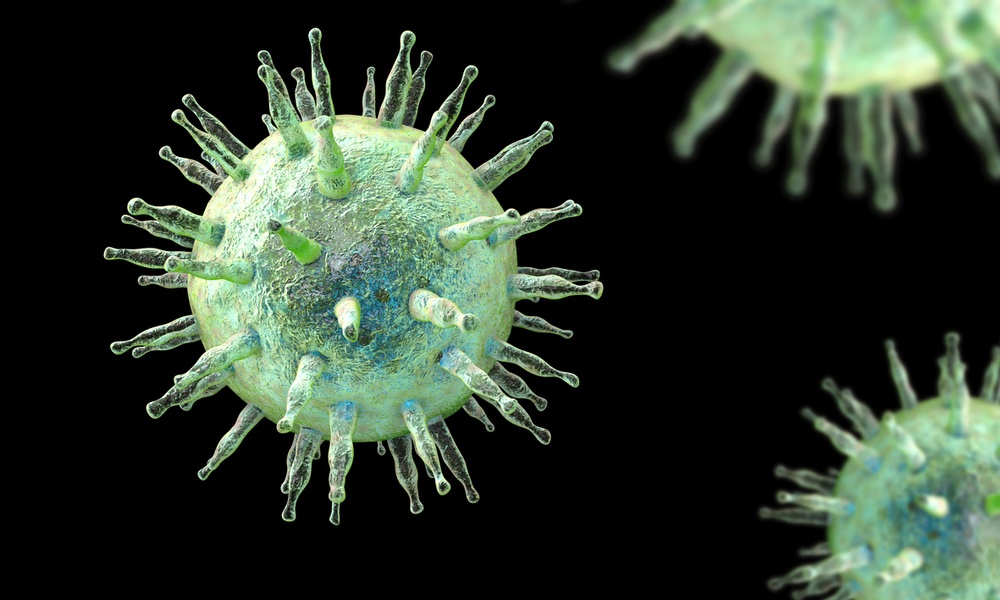Late nights in front of the television or the computer are likely affecting more than your sleep. They may be making you sick.
The chemicals involved in the immune system vary over the course of a day, controlled by our body’s own internal clock. A new study has shown there is a direct link between the body’s circadian clock and the activity of inflammation-causing immune cells.
Late nights under artificial light may contribute to immune disorders such as inflammatory bowel disease, multiple sclerosis and rheumatoid arthritis.
Researchers at the University of Texas Southwestern Medical Center in Dallas studied immune cells known as TH17 helper-T cells found in the gut. These cells protect us against fungal and bacterial infections. They also contribute to the inflammatory response and accumulate in large quantities in autoimmune diseases such as inflammatory bowel disease.
The research revealed that circadian rhythms activate a "genetic switch" that turns off production of the TH17 cells when the body doesn’t need them. This causes the level of TH17 cells in the body to fluctuate in accordance with the day-night cycle.
However, when the scientists disrupted the animals’ light-dark cycles, essentially giving them jet lag, the interruption boosted the production of TH17 helper-T cells and raised the rodents’ susceptibility to inflammatory bowel disease. Similar processes may operate in humans, but further research is needed.
The implications may be particularly significant for people who do shift work and travelers who are frequently jet-lagged.
Disrupting the body’s circadian clock already has been shown to have a bad impact on overall health, including negative effects on metabolism and blood pressure. And now, scientists can add the immune system to that list.




